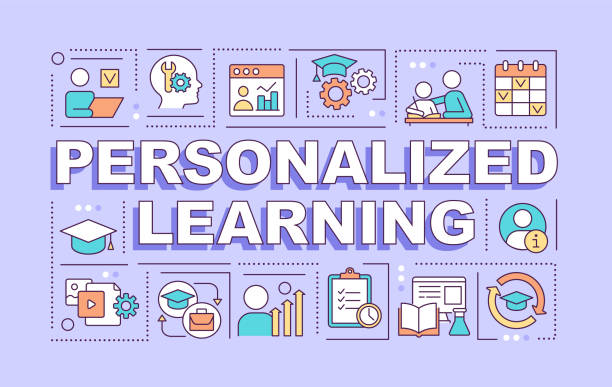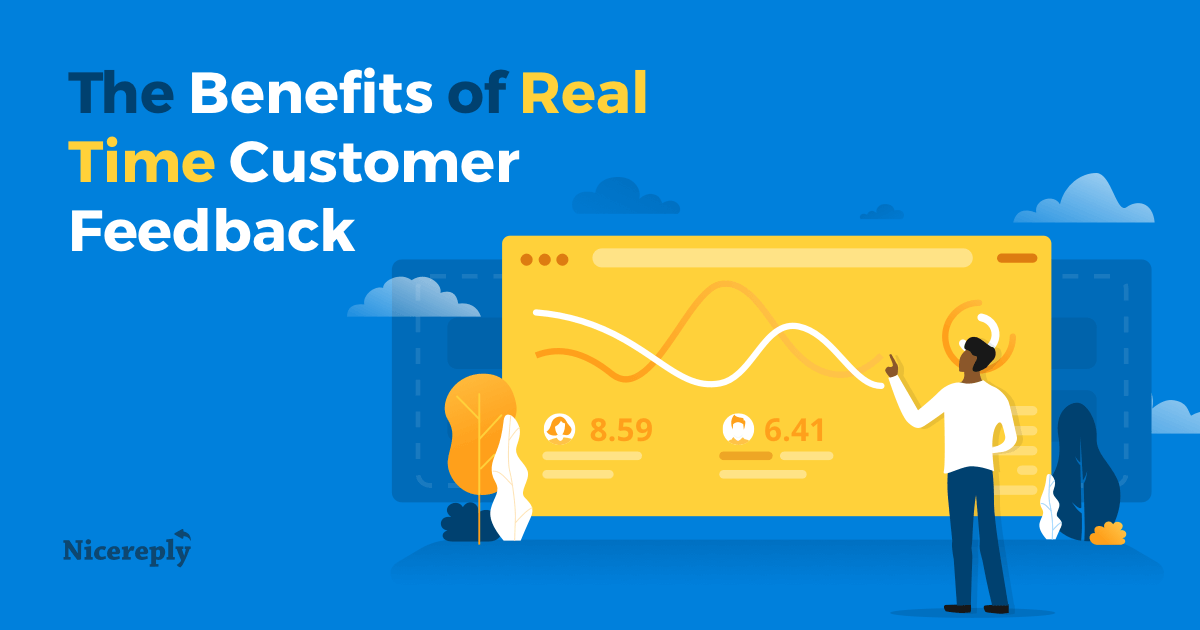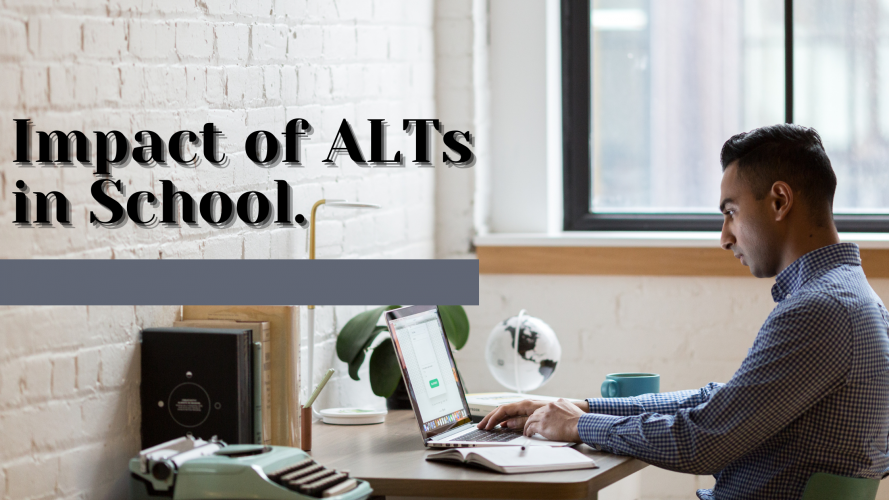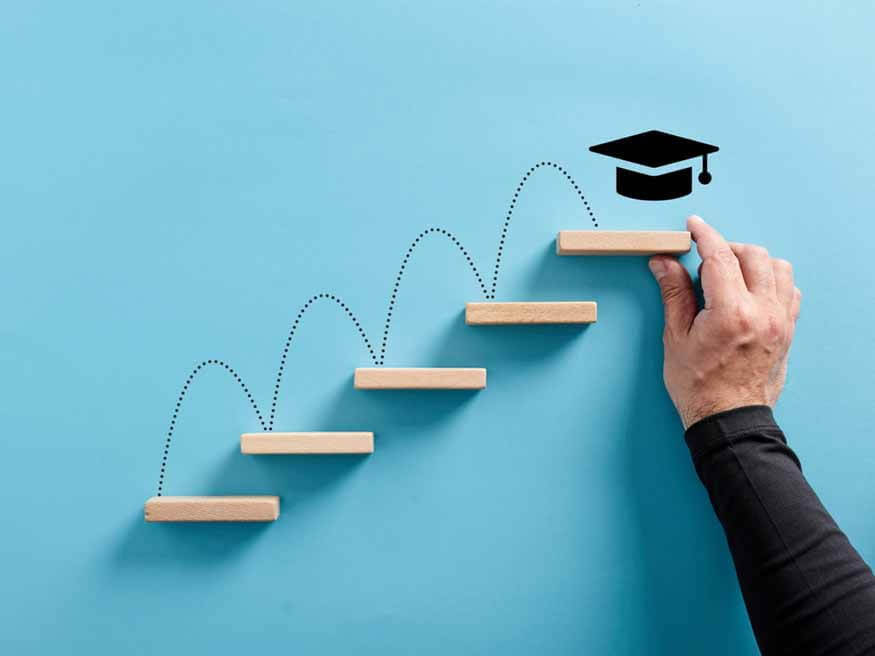
Adaptive Learning Technologies
Introduction to Adaptive Learning Technologies (ALTs)
In a world where one size rarely fits all, education is evolving to meet the diverse needs of every student. Enter Adaptive Learning Technologies (ALTs), the game-changing systems that are reshaping how we approach learning. These innovative tools harness the power of technology to create personalized educational experiences tailored specifically for individual learners. Imagine an environment where each student’s unique strengths and weaknesses are recognized, allowing them to thrive at their own pace.
With ALTs, gone are the days of cookie-cutter lessons that leave some students behind while others coast through with ease. Instead, these dynamic technologies empower educators and students alike by adapting content in real time based on performance and engagement levels. Whether it’s improving understanding in math or developing reading skills, adaptive learning is paving the way for more effective education solutions that resonate deeply with today’s learners.
Prepare to dive into this exciting realm where personalization meets innovation—a place where education transforms from a rigid system into a vibrant landscape designed for individual success!
How ALTs Work:

Adaptive Learning Technologies function by creating personalized learning experiences for each student. These systems analyze individual performance data to tailor educational content that fits unique needs.
Personalized learning paths are at the core of ALTs. They guide students through customized curricula based on their strengths and weaknesses. This allows learners to progress at their own pace, ensuring no one gets left behind.
Artificial intelligence plays a pivotal role in this process. It assesses vast amounts of data to identify patterns in student behavior. This information helps educators adjust teaching methods effectively.
Gamification enhances engagement by incorporating game-like elements into lessons. Students often find themselves more motivated when they can earn rewards or unlock achievements.
Real-time feedback is another key feature, providing instant insights into performance. This immediate response encourages timely adjustments and fosters continuous improvement throughout the learning journey.
A. Personalized Learning Paths

Personalized learning paths are at the heart of adaptive learning technologies. They allow each student to follow a unique trajectory based on their individual strengths and weaknesses.
Instead of a one-size-fits-all approach, these systems tailor content according to specific needs. This customization helps students grasp difficult concepts more effectively while advancing quickly through areas they excel in.
By focusing on personal goals, learners feel empowered and invested in their education. It transforms traditional classrooms into dynamic environments where every student can thrive.
The flexibility offered by personalized paths means that education becomes less about competition and more about collaboration. Students can learn at their own pace, fostering a deeper understanding of the material.
This targeted approach also encourages exploration beyond standard curricula, inspiring curiosity and creativity as learners pursue topics that resonate with them.
B. Artificial Intelligence and Data Analysis

Artificial Intelligence (AI) is transforming education like never before. By harnessing the power of data analysis, it tailors learning experiences to meet individual needs.
AI algorithms sift through vast amounts of student data. They identify patterns in learning styles and performance metrics. This allows educators to customize content that resonates with each learner.
Students benefit from a dynamic educational experience. As they progress, AI adjusts lessons in real-time based on their grasp of material. This ensures that no one falls behind or feels unchallenged.
Additionally, predictive analytics can forecast potential struggles before they arise. Educators can intervene early, providing necessary support when needed most.
The integration of AI into adaptive learning systems fosters an environment where students feel understood and empowered. It transforms traditional teaching methods into a more personalized journey for every individual involved in the educational process.
C. Gamification and Engagement

Gamification transforms traditional learning into an interactive experience. By integrating game-like elements, students become active participants in their education. This approach turns mundane tasks into exciting challenges.
Points, badges, and leaderboards spark a sense of competition among learners. They motivate students to progress at their own pace while encouraging collaboration with peers. The thrill of earning rewards enhances engagement levels significantly.
Moreover, gamified systems cater to various learning styles. Visual learners might thrive on simulations, while others enjoy solving puzzles or completing quests. Such diversity ensures that every student finds something appealing.
The instant feedback mechanism present in these technologies further reinforces motivation. Students receive immediate recognition for their efforts, fostering a desire to improve continuously. This dynamic environment creates not just informed individuals but passionate learners eager to succeed and explore new knowledge avenues.
D. Real-Time Feedback

Real-time feedback is a game changer in adaptive learning technologies. It allows students to understand their progress instantly, which can significantly enhance their educational experience.
With immediate insights into performance, learners can identify areas for improvement on the spot. This dynamic response helps them adjust their study strategies more effectively than traditional methods allow.
Teachers also benefit from real-time data. They gain valuable information about student needs and can tailor instruction accordingly. This not only supports individual growth but fosters a collaborative learning environment.
Moreover, instant feedback keeps students engaged. It motivates them to push through challenges, knowing they have the tools to succeed at their fingertips.
When students see how small changes lead to big results in real time, it cultivates a sense of ownership over their education that is both empowering and inspiring.
Benefits of ALTs in Education:

Adaptive Learning Technologies (ALTs) transform the educational landscape. They cater to the unique needs of each student, enhancing learning experiences.
One significant benefit is improved performance. Custom-tailored paths allow students to grasp concepts at their own pace. This ensures deeper understanding and retention of information.
Increased engagement is another advantage. Students interact with content that resonates with their interests and abilities. This personalized approach ignites curiosity and promotes active participation in lessons.
Additionally, ALTs can lead to time and cost efficiency for educators. By streamlining lesson plans based on data insights, teachers can focus on what matters most—supporting individual student growth without excessive resources or time consumption.
These technologies shape a more inclusive environment where every learner thrives, fostering confidence and independence along the way.
A. Improved Student Performance

Adaptive Learning Technologies (ALTs) have been shown to significantly enhance student performance. By focusing on individual learning needs, these systems create a customized experience for each learner. This tailored approach allows students to progress at their own pace, ensuring they grasp essential concepts before moving forward.
As students engage with materials suited to their abilities, they gain confidence in their skills. The result is often an increase in academic success and a deeper understanding of the subjects being studied.
Moreover, real-time assessment features provide insights into areas where students might struggle. This immediate feedback enables timely interventions and support from educators, fostering improvement over time.
With ALTs continually adjusting to the user’s performance, learners can celebrate small victories that keep motivation high and help them stay committed to their educational journey.
B. Increased Engagement and Motivation

Engagement and motivation are crucial for effective learning. Adaptive Learning Technologies (ALTs) significantly enhance both by personalizing the educational experience. When students interact with content tailored to their interests and abilities, they feel more invested.
These technologies create dynamic environments where learners can explore subjects that resonate with them. The ability to choose pathways fosters a sense of ownership over their education. This autonomy encourages exploration rather than mere compliance.
Moreover, gamification elements within ALTs make learning enjoyable. Badges, points, or levels add a competitive edge that motivates students to push boundaries while mastering concepts.
As learners receive instant feedback on their progress, they stay connected to their goals. This ongoing interaction keeps spirits high and promotes resilience in facing challenges. Motivated students lead themselves toward success in ways traditional methods may struggle to achieve.
C. Time and Cost Efficiency

Adaptive Learning Technologies (ALTs) streamline educational processes, making them more efficient for both students and institutions. By automating routine tasks, such as assessments and progress tracking, educators can focus on what truly matters—engaging with their learners.
These systems significantly reduce the time needed for personalized instruction. With tailored content delivery based on individual needs, students spend less time struggling with concepts that don’t suit their learning styles.
Cost efficiency plays a vital role as well. Schools can allocate resources better by investing in adaptive technologies rather than traditional methods that may not yield results tailored to each student’s unique requirements.
Additionally, ALTs often minimize the need for excessive materials or repeated classes. This paves the way for budget-friendly education solutions while maintaining high-quality standards across various learning environments.
Challenges and Criticisms of ALTs:
While adaptive learning technologies offer numerous benefits, they are not without challenges. One significant concern is technology dependence. As classrooms become increasingly reliant on these systems, the potential for students to struggle in traditional learning environments grows.
Privacy concerns also loom large. The vast amounts of data collected by ALTs can lead to questions about how information is stored and used. Parents and educators worry about safeguarding student privacy amidst growing digital footprints.
Moreover, there’s a risk of a lack of personal interaction. Technology cannot fully replace human connection in education. Students may miss out on vital social skills when engaged primarily with machines instead of peers or teachers.
Some argue that these systems might not cater effectively to all learners. Those with unique needs could be inadvertently overlooked if algorithms don’t account for their specific challenges and preferences.
A. Technology Dependence

As adaptive learning technologies become more prevalent, a reliance on these systems raises concerns. Students might find themselves overly dependent on technology for their educational advancement.
This dependence can hinder critical thinking and problem-solving skills. When learners lean too heavily on digital platforms, they may miss out on traditional methods that foster deep understanding.
Additionally, there is the risk of disengagement from real-world experiences. Technology cannot replicate the nuances of face-to-face interactions that enrich learning.
Moreover, an over-reliance creates challenges when tech fails or becomes inaccessible. What happens to students when the systems they depend upon are down?
Finding a balance between leveraging technology and maintaining essential human elements in education remains crucial. It’s vital to ensure that students develop resilience and adaptability alongside technological skills.
B. Privacy Concerns

As adaptive learning technologies gain traction, privacy concerns have surfaced. These systems often collect vast amounts of personal data from students. This includes their learning habits, interests, and even demographic information.
Data breaches can expose sensitive information. Parents and educators worry about how this data is stored and used. Transparency in data handling practices becomes crucial.
Moreover, the algorithms that drive personalized experiences may inadvertently reinforce biases present in the training data. If not properly managed, these biases could impact educational outcomes for certain groups of students.
The potential misuse of student data by third parties adds another layer of concern. Schools must navigate a delicate balance between leveraging technology to enhance education while ensuring student privacy remains a top priority.
Addressing these issues requires clear policies and regulations around data use in educational contexts. Open dialogue among stakeholders is essential to build trust as we embrace innovative solutions in learning environments.
C. Lack

Adaptive learning technologies (ALTs) are making significant strides in the education landscape. However, they also face challenges that can’t be overlooked. One of these is the lack of widespread understanding and acceptance among educators. Some teachers may not feel equipped to integrate these systems into their classrooms effectively.
Moreover, there can be resistance to change from traditional teaching methods to a more technology-driven approach. This hesitance can hinder the potential benefits ALTs bring to students’ individual learning experiences.
Additionally, professional development for educators often lags behind technological advancements. Without proper training, even the most sophisticated systems might not reach their full potential within educational environments. Addressing these concerns will be crucial as institutions look toward a future where adaptive learning becomes standard practice in tailoring education to meet individual needs better.
The journey of molding our education system with innovative technologies is ongoing and requires an inclusive approach that considers both students’ and educators’ perspectives. Only then can we harness the full power of adaptive learning technologies for all learners.



Leave a Reply